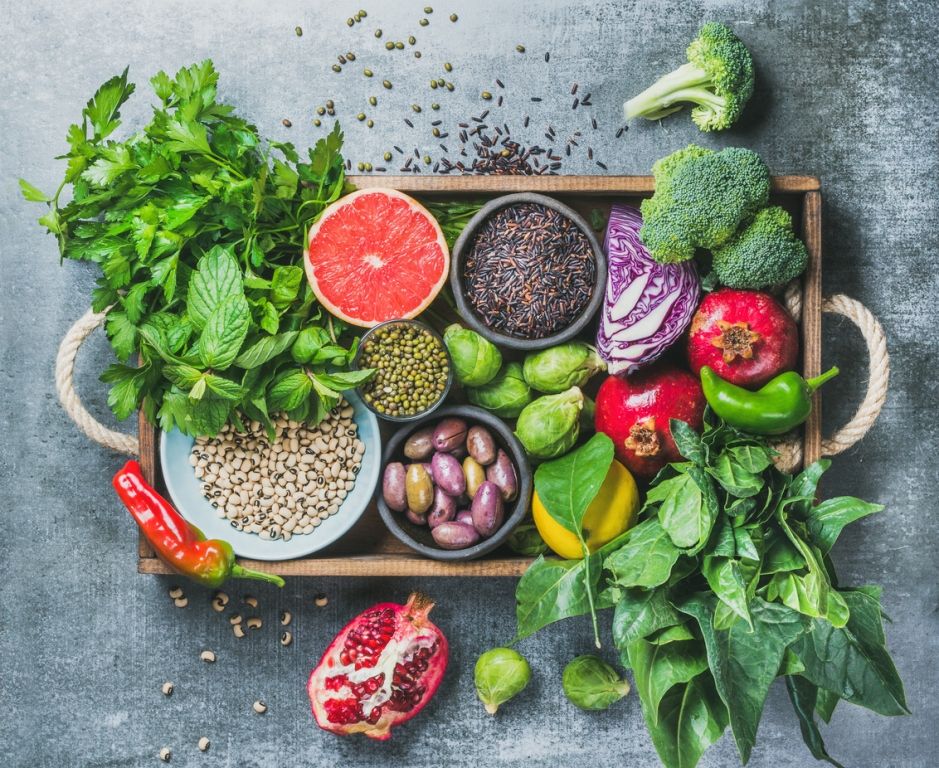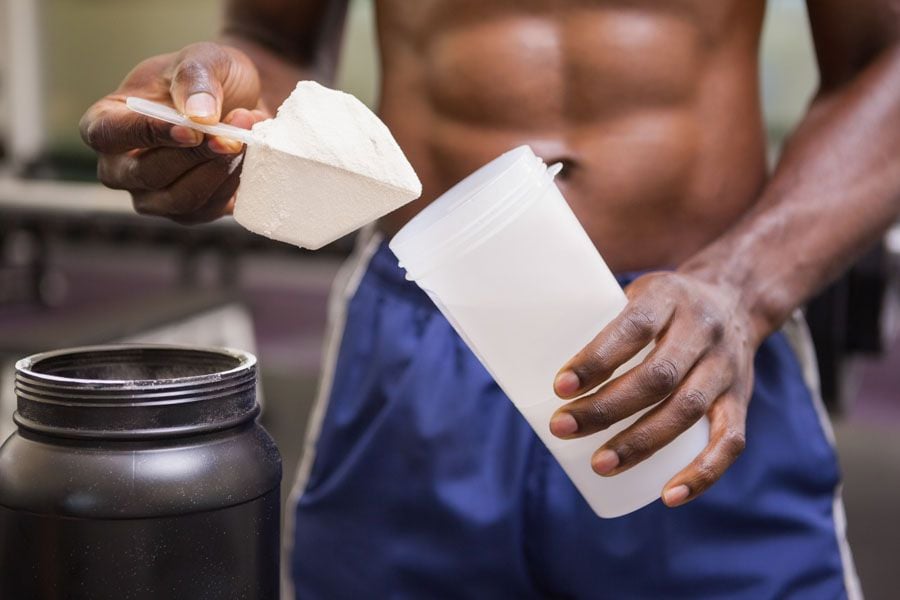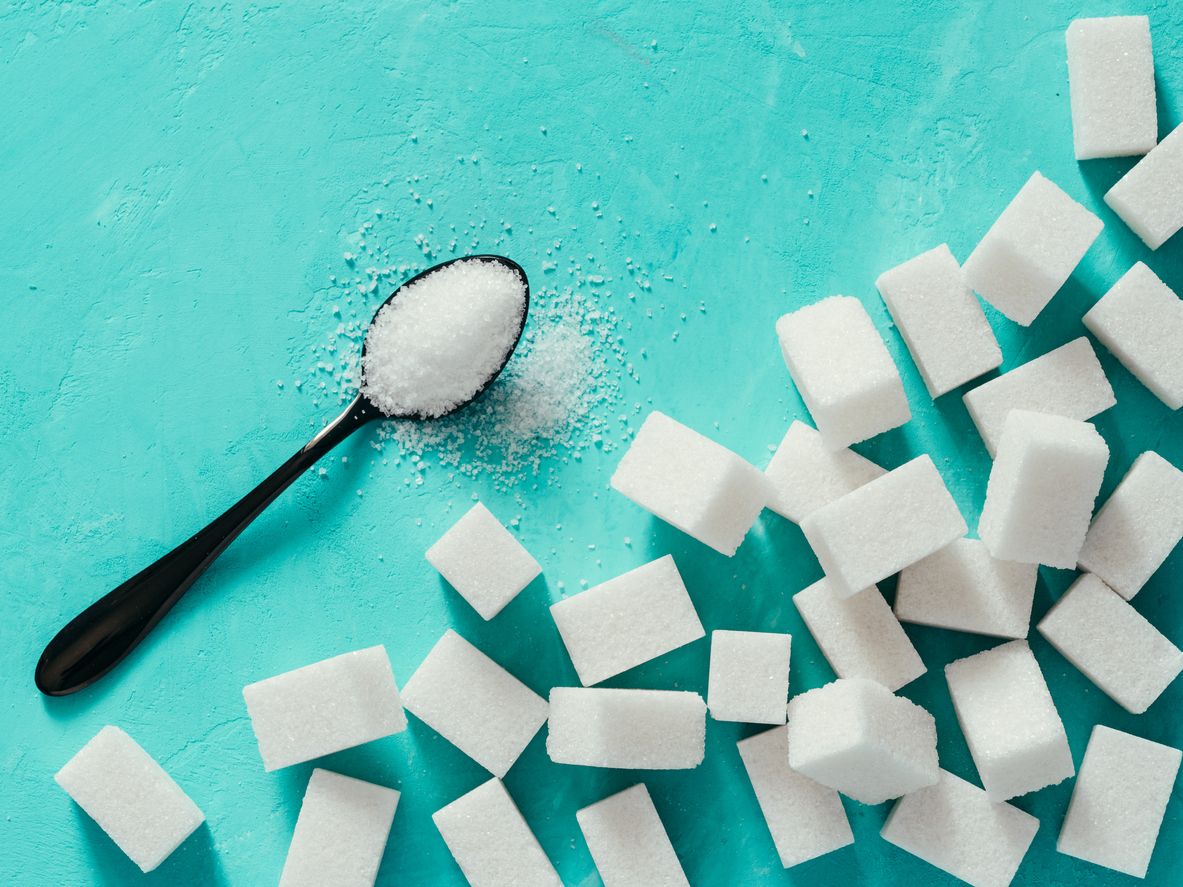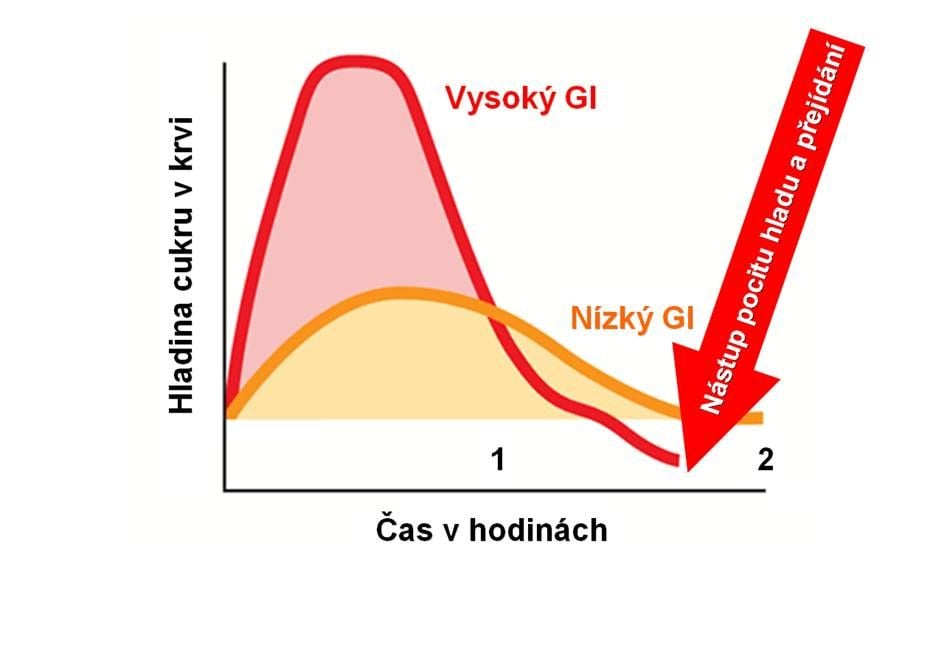Table of Contents
Maybe you have never heard about this food component – maltodextrin or you have met many views on this food component. Whatever it is, you have probably used it already several times during your life. Try to choose 5 foods which you have at your home and read the label on the package with the list of ingredients. We guarantee you that at least some of them will contain maltodextrin. Maltodextrin is often used as an additive in drinks for sportsmen. Some researches show that maltodextrin as a supplement can maintain anaerobic energy during exercising.
Maltodextrin is synthetic sugar (also known as polysaccharide) which has soft, sweet taste. It is usually made of corn and wheat, or we can obtain it from rice, potatoes and manioc. It is used as an addictive substance in many foods including spices, cakes or chips. Its health effects are dependent upon the type and amount which you consume. One type of maltodextrin is acomplex carbohydrate which contains calories. The second type – resistant maltodextrin comes from the same source but passes another process in order to be indigestible. Resistant maltodextrin doesn’t provide energy. The term maltodextrin relates all the substances obtained by starch hydrolyze which contain less than 20 units of glucose. [1]

What is maltodextrin used for?
Maltodextrin is made by use of enzymes or acids needed for starch break down. The final result is easy to digest white powder which brings 4 calories per gram. After adding it into nutrition, maltodextrin thickens product, prevents from crystallization and helps to bind additives altogether. You can find it in food spices and is used as a supplement for sportsmen and body-builders who need sugar as a quick source of energy.
The same starches of plant origin can have changed type of bonds connecting one unit of sugar to another by means of additional process. The human body doesn’t contain enzymes which would break these binds so this process transforms maltodextrin into form which can’t be digested. This resistant maltodextrin doesn’t contain calories and doesn’t influence sugar level in blood. It is used for improving tastes of synthetic sweetings.
In Europe, maltodextrin is made of wheat mostly, while in theUnited States, they use corn. Maltodextrin made of wheat can present the health problems for celiacs regarding gluten which occurs in the wheat. Although, in many cases during the process, gluten of wheat is completely removed from maltodextrin which leads to almost gluten-free product. [1]

Where can we find it?
It is used as a thickening or as a supplement because it is relatively cheap. You can find it on the package labels of the products such as:
• fruit in can
• desserts
• instant puddings
• sauces
• salad dressings
• powder drinks
• pastry
• youghurs
• sweets
This additive derived from starch can be found in products of personal hygiene such as creams and hair cosmetics. [2]

You might be interested in these products:
When to use it?
1. After waking up – in many cases, it seems that the best way for consumption of quick carbohydrates is in the morning after waking up when the body is removed of calories after hours of sleeping. In this case, it will supply you with energy and you can start your day full of energy.
2. Closely before training – to train after physically hard day is not easy. You have definitely experienced the situation when you had your pre-workout supplement 30 minutes before training, and when you were prepared for training, there still were no encouraging effects. It can be caused because of the reason your body is used to this dose which you had consumed. Now you have three options – either you increase dosing of certain product, you change the product or you add maltodextrin as the source of extra energy.
3. During long training (napr. marathons) is maltodextrin an excellent option how to supply the body with energy without dehydration. It accelerates regeneration between exercises thanks to which you can train harder. [3]
4. After training – the main reason for consumption of carbohydrates after training is supply of burnt muscle glycogen. During training, the main source of energy is glycogen from the muscles. Glycogen is supplied by form of glucose, made of long chains of glucose molecules with many branches. Glucose is broken from the chain according to the needs of ATP generation which transports chemical energy and is important for muscle contractions. The research confirms that the best way to supply glycogen storages after training, is to consume carbohydrates with high glycemic index as soon as possible. This is one of the reasons why some post-workout drinks contain dextrose (sugar which stimulates maltodextrin).
The research concerning the glycogen use during training showed that training from 6-20 sets lasting approximately 15-30 minutes damages muscle glycogen levels in 30-40%. As long as highly intensive training lasts between 60-90 minutes such as Tabata, the glycogen levels of muscles will be damaged in 60-75%.
Which proportion of maltodextrin and in combination with protein is the correct one after training?
You won’t get to know which proportion you should maintain when combining these two products and which proportion is the “correct” one. Your weight, intensity of training and goal are three basic factors which play an important role in this case. Generally, we recommend the optimal amount of 0.31g of maltodextrin per 1kg of own weight, as long as you want to lose weight. For gaining muscle mass, it is 0.625 per 1kg of own weight.
Maltodextrin and protein should be in proportion of 2:1 when gaining muscles and 1:1 when losing weight. It means that if you weigh about 70 kg and you want to gain weight, you need to receive 43.75g of maltodextrin and about 21g of protein. On the other hand, for losing weight you need to receive 21g of maltodextrin in combination with 21g of protein. It is important to receive this regenerating drink up to 30 minutes after training and consequently, to eat properly in one hour.

Maltodextrin has the same calorie amount per gram as sugar has
Maltodextrin contains 4 carbohydrates per 1 gram – the same amount as saccharose or sugar. Its glycemic index is even higher: 106-136. [2]

The risks of maltodextrin for the health
Maltodextrin has high glycemic index which means that sugar level in blood can rise relatively quickly. The studies realized on the laboratory mice showed that sweet maltodextrin supported the growth of unhealthy bacteria which damages intestines and increases the growth of inflammatory diseases. The maltodextrin consumption has similar side effects and health risks as the majority of food additive substances, for instance in sweets, semi finished products, soups, yoghurts, etc.
Among the side effects belong: allergic reaction, inexplicable weight gaining or flatulence. The specific allergic reactions associated with the use of maltodextrin include rashes, asthma, itch and problems with breathing. If any of these side effects or any other effects will appear after consumption of maltodextrin, you should stop using it and consult a doctor. If you are not active enough to burn calories of maltodextrin, the using of it can lead to undesired weight gain. These side effects can appear only during long-term excessive use of maltodextrin. [1]

Maltodextrin has impact on sugar level in blood
Despite the fact that maltodextrin has only mild, if at all sweet taste, it is a carbohydrate. For diabetes, it is really important to know that it influences sugar level in blood. Although maltodextrin is digested, it has to pass the liver in order to divide the bonds between glucose molecules. So the speed of its effect for supply of glycogen is slower than with dextrose. Since it is metabolized more slowly, it won’t have such quick impact on sugar level in blood as dextrose and won’t drop so fast. Therefore it won’t cause tiredness or vigilance. [2]
I personally use maltodextrin as one of the sources of energy before and after training for a long time. I have tried on myself using it before training, during training and after training. Even I tried tried these three altogether. With the help of flexible eating or IIFYM, I knew how to incorporate it into my eating plan without gaining extra fat storages. Before training, I prepared training mix consisting of Malodextrin, BCAAs, Amino acids, Arginine, Creatine and Beta-Alanine. This combination supplied me with energy which I had always needed before training and at the beginning of training in order to feel energized enough and to be prepared to release the energy out of me. The second cocktail was made of Maltodextrin and flavoured BCAAs and this supplied me with freshness and energy to exercise equally as at the beginning till the end. The last step consisted of Maltodextrin again and Whey Protein in proportion of 2:1, Glutamine and Creatine, in order to achieve maximum anabolic effect after catabolism.
As I started to add amount of carbohydrates for the purpose of gaining muscle mass, I gained fat undesirably. I had to reduce the carbohydrate and maltodextrin amount before training. Thanks to this test I found out how maltodextrin influences my body and how many grams to use and when to use in order to make the most of training. The biggest change I felt was when I didn’t feel as exhausted with my maltodextrin as I did with normal protein post-workout drink.
I hope that by means of this article I answered all of your questions concerning maltodextrin. If not, write them into comments, as much as your opinions. If you like the article, don’t forget to support it by sharing.
[1] Allison Adams, The Health Risks of Maltodextrin – https://www.livestrong.com/article/502241-the-risks-of-maltodextrin/
[2] Anna Schaefer, Is Maltodextrin Bad for Me? – https://www.healthline.com/health/food-nutrition/is-maltodextrin-bad-for-me#2
[3] Jed Olson, Is Maltodextrin Bad for You? The Good, the Bad, & the Ugly – https://fitnessfortravel.com/is-maltodextrin-bad-for-you/

